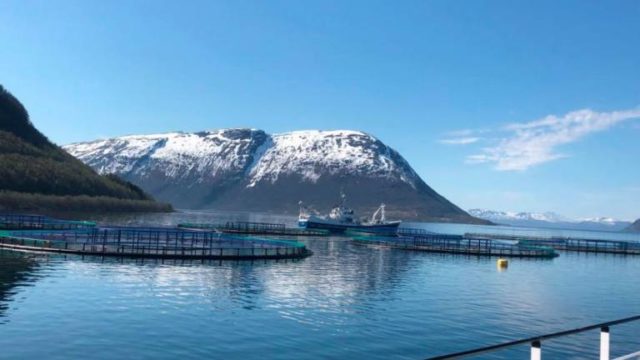Study finds shortcomings in handling algae attack

THE economic and social impact of the algae outbreak which hit two important Norwegian salmon farming areas last May was more severe than first thought, a report has suggested. It also says some aspects in tackling the problem were not handled well.
The independent aquaculture and fisheries data provider Kontali, which has closely mapped and analysed the effects, says the industry is now faced with ‘substantial economic consequences’ from the attack, which lasted for more than two weeks in the Norland and Troms regions.
The project was funded by the Norwegian seafood research fund (FHF) and the final report has just been delivered.
The study finds that an estimated biomass of 14,500 tonnes (live weight) was lost. Estimates at the time put the total at around 12,000 tonnes.
‘The loss in biomass represented about two per cent of the national biomass and about 6.5 per cent of the biomass in the two counties,’ the report adds.
‘Smolt released during the spring of 2018 was hit the hardest, accounting for more than 56 per cent of the lost biomass.’
Although not mentioned in the study, Norway Royal Salmon reported during its financial second quarter last year that the outbreak had hit its earnings and harvest.
The report said: ‘The direct and indirect gross effects are estimated at between NOK 2.3 and NOK 2.8 billion (£195 million to £236 million).
‘The estimates include lost profits and ripple effects beyond the directly involved supply industry. The estimates also include an estimated loss in taxes of between NOK 210 and NOK 300 million (£17.5 million to £25 million).’
Kontali said the effects on employment are more likely to be felt in primary processing sites, farms that are growing and in operations such as freight.
However, the authorities have introduced ‘levitating measures’ in the form of compensation on biomass over the next five years which, along with insurance coverage, should eventually offset a significant part of the consequences.
The report is also critical, saying that before last year’s attack, algae monitoring was not at its best. As a result, when mortality occurred, the ability to handle large volumes of dead fish in such a short time and over such a vast area was insufficient.
‘Challenges in grinding and ensiling the dead biomass quickly enough had consequences for the utilisation as residual raw material.
‘The algae bloom has led to an intensified focus on surveillance and contingency plans from both businesses and government.
‘After the incident, aquaculture businesses have intensified their focus on location access and flexibility.’

